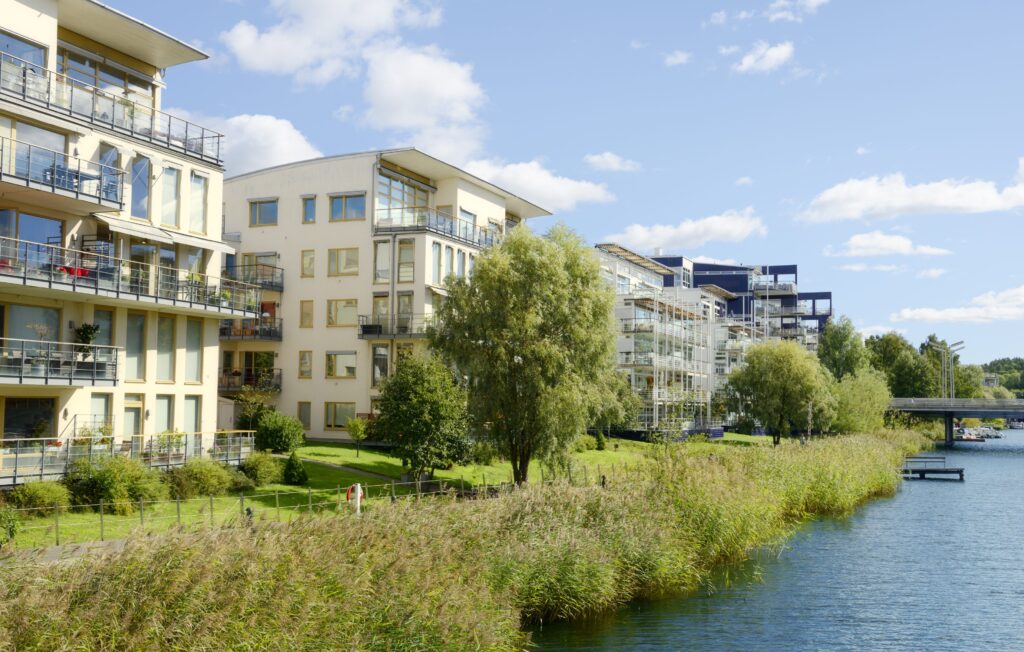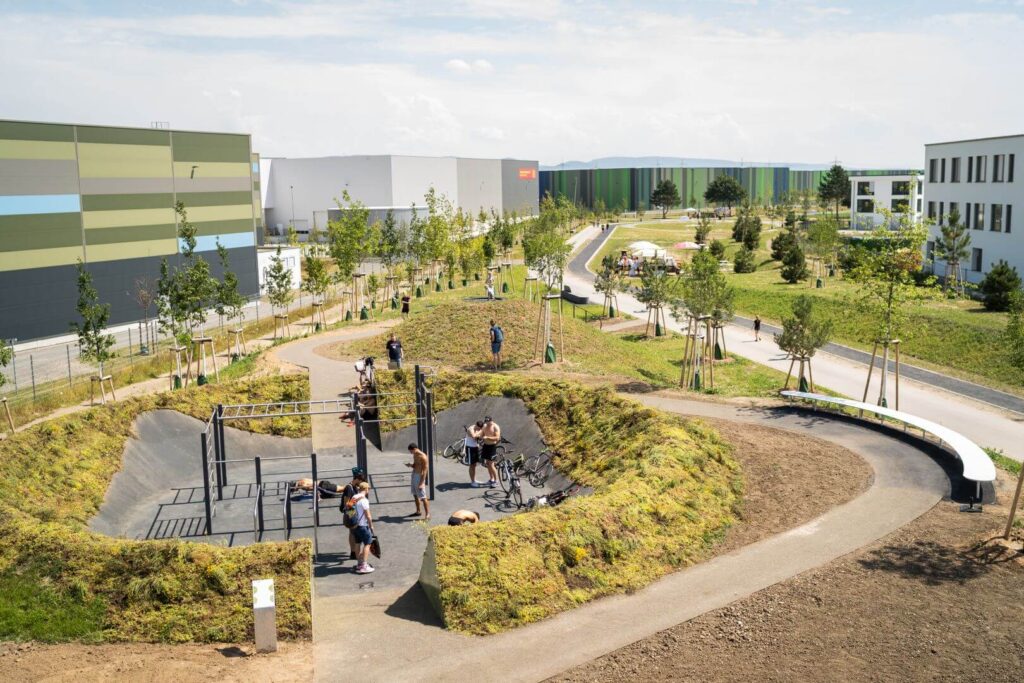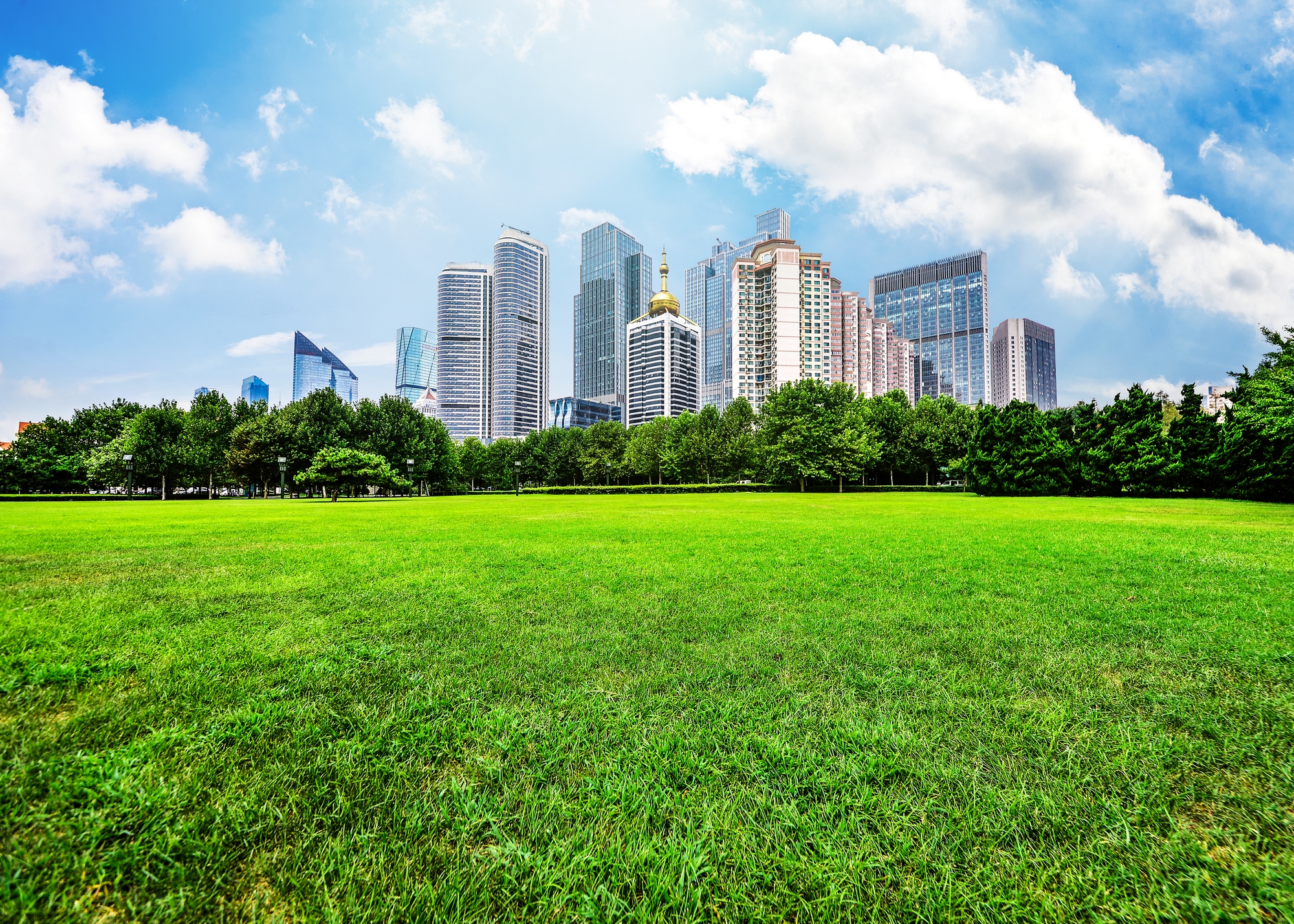Our relationship with the planet is changing. As the world deals with environmental disasters and major climate change, the actions of each individual are becoming crucial. From the requalification of existing structures to the use of different ways of moving around (such as cycling), the idea of creating increasingly sustainable cities is becoming reality. In order to give more visibility and importance to all the green and sustainable actions, in 2008 the European Green Capital Award was launched: a prize awarded every year by the European Commission to a city that has managed to achieve ambitious goals in the field of environmental protection.
Why was this project created?
Nowadays, most of the population lives in cities. The environmental challenges we face are many and mainly concern air or water pollution and the loss of green spaces. However, there are green and sustainable cities that provide innovative solutions. Can these cities be taken as an example? The answer is yes.
In fact, it was the idea of being able to “set an example” that led to the birth of a project: to assign the European Green Capital Award to all those cities that manage to make themselves increasingly inclusive, resilient and sustainable. The initiative was launched in May 2006, after a meeting in Tallinn with 15 European cities (Tallinn, Helsinki, Riga, Vilnius, Berlin, Warsaw, Madrid, Ljubljana, Prague, Vienna, Kiel, Kotka, Dartford, Tartu and Glasgow).
The title of European Green Capital was immediately conceived as a way to reward all the efforts made, encouraging the various countries of the world to make further efforts to achieve an increasingly genuine progress. In fact, if until a few years ago the idea of an ecological and sustainable city could only be a mirage, today there are many communities that are committed to building places that reflect as much as possible a green and conscious paradigm.

The must-haves of the sustainable city
Being conferred the title of green city is certainly an honorable recognition, but not an easy one to achieve. The selection process is very rigorous. Cities must demonstrate all that they have done in the past and what they are concretely planning in order to become greener. They must demonstrate every day that their ambitions are long-term and for the benefit of the people, the planet and the economy.
Among the parameters evaluated to determine whether a city can be truly sustainable and win a title within this project, a series of must-have factors are considered, such as: the strengthening of public transport with the expansion of urban and suburban bike paths; placing blocks and limitations on the circulation of the most polluting vehicles; increasing green urban areas; implementing a stricter and more inflexible policy on the use of heating in buildings; new energy performance that makes the air quality more optimal and, finally, reduce the consumption and conservation of water.

From 2008 to now: which cities are the most sustainable?
From 2008 (the year in which the initiative was finally launched) to the present day, there have been numerous urban settlements that have won the “European Green Capital” award. In particular, the first sustainable city to be elected was Stockholm in 2010, but many others followed:
- Hamburg, 2011: a place where all citizens have access to optimal public transport, using a systematic structure for green areas. Environmental standards are high and the air level is appropriate.
- Vitoria-Gasteiz, 2012: with the ambitious goal of reducing household water consumption below 100 liters per day, this small autonomous community in the Basque Country has distinguished itself by its great commitment.
- Nantes, 2013: over the past decade, Nantes has developed a sustainable transportation policy with a focus on public transportation and bicycles. This development is planned to minimize automobile transportation while providing proper conditions for pedestrians.
- Copenaghen, 2014: the capital of Denmark collaborates with companies, universities and organizations in forums dedicated to developing and implementing green growth. One example: the “green lab” project that will focus on eco-technology.
- Bristol, 2015: Bristol impressed the jury with its transportation and energy investment plans. The city has committed a budget of €500 million for transportation improvements by 2015 and up to €300 million for energy efficiency and renewable energy by 2020.
- Ljubljana, 2016: from being a city dominated by automobile transport, it has turned into a place where the focus is on pedestrian and bicycle networks. The most significant measure has been the modification of the traffic regime on the city’s main artery (Slovenska Street).
- Essen, 2017: the city is making admirable efforts. It is overcoming a tough industrial history to reinvent itself as a “Green City.” Their philosophy is visible through their chosen slogan, “ESSENtials – changing the way we act.”
- Nijmegen, 2018: considered the oldest city in the Netherlands, Nijmegen has one goal: to involve citizens and entrepreneurs as much as possible in carrying out green actions in order to become a healthy and prosperous city.
- Oslo, 2019: a place where waterways have been the subject of a revolutionary new strategy that has completely overturned the previous approach. They are now being actively reopened to make them accessible to people, to efficiently manage stormwater, and to facilitate habitat development and restoration.
- Lisbon, 2020: Portugal’s capital city has experienced significant challenges in the past (such as the 1755 earthquake that destroyed the entire city). Despite all the challenges, Lisbon has made great strides in cementing the city’s environmental sustainability strategy, proving that environmental protection and economic growth can go hand in hand.
- Lahti, 2021: the city set up an air quality plan in 1997, which has led to a sharp drop in emissions. For this reason, the city is receiving a €350,000 financial incentive from the European Commission to kick off its year as the European Green Capital.
Which city in 2022 will be able to convince an international jury of its ability to act sustainably? For now, there are four finalists for the title of European Green Capital 2022: Dijon (France), Grenoble (France), Tallinn (Estonia) and Turin (Italy). The winner of the European Green Capital 2022 will take home €350,000, and we can’t wait to see who is awarded this enviable sum.





